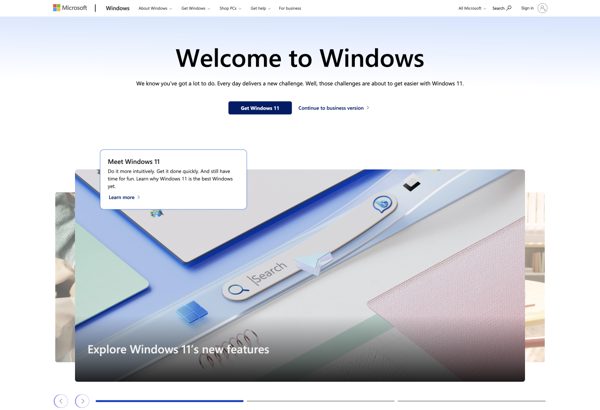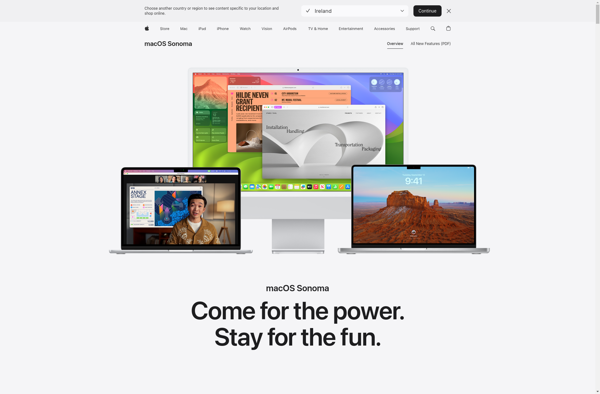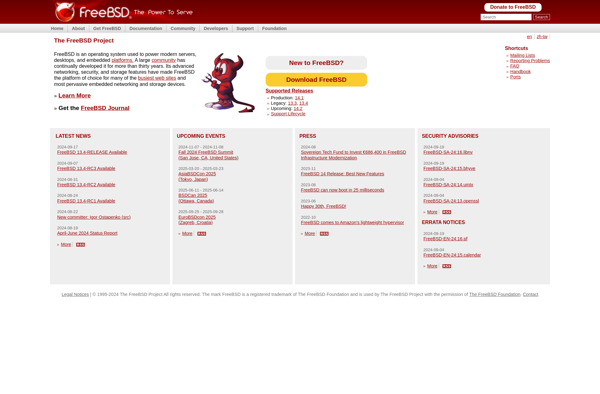Windows 98

Windows 98: Legacy Operating System
Windows 98 was a major release of the Windows operating system by Microsoft, launched in 1998. It was designed to be an incremental upgrade to Windows 95, focused on increased stability and improved Internet integration.
What is Windows 98?
Windows 98 (codenamed Memphis) is a graphical operating system developed and released by Microsoft as part of its Windows 9x family of operating systems. It is the successor to Windows 95, released in August 1998.
Windows 98 introduced a number of features designed to enhance the user experience over Windows 95. This included improved shell folder integration through the Windows Desktop Update, easier networking and TCP/IP connection setup through the Windows 98 Networking Setup Wizard, and broader device driver support through the Windows Driver Model. Support was also extended for more recent technologies such as DVD drives, USB devices, and AGP video cards.
However, Windows 98 suffered from some of the same instability issues as its predecessor Windows 95. Frequent application crashes and the infamous "blue screen of death" continued to plague many users. Microsoft addressed these concerns with the release of Windows 98 Second Edition in 1999, which offered improved system stability and USB support.
Despite its flaws, Windows 98 was considered a worthwhile upgrade for contemporary PC users. It went on to sell over 25 million copies worldwide. However, it would eventually be supplanted by Windows Me and Windows 2000 as Microsoft transitioned its consumer Windows offerings to the Windows NT kernel.
Windows 98 Features
Features
- Improved USB support
- Internet Explorer 5.0 web browser
- Windows Driver Model for improved device driver support
- Windows Desktop Update for Internet integration
- Support for new FAT32 file system
Pricing
- One-time Purchase
Pros
Cons
Official Links
Reviews & Ratings
Login to ReviewThe Best Windows 98 Alternatives
Top Os & Utilities and Operating Systems and other similar apps like Windows 98
Here are some alternatives to Windows 98:
Suggest an alternative ❐Windows 10

Ubuntu

MacOS

Linux Mint

ReactOS

Arch Linux

Debian

Fedora

FreeBSD

OpenSUSE

Kubuntu

Xubuntu
